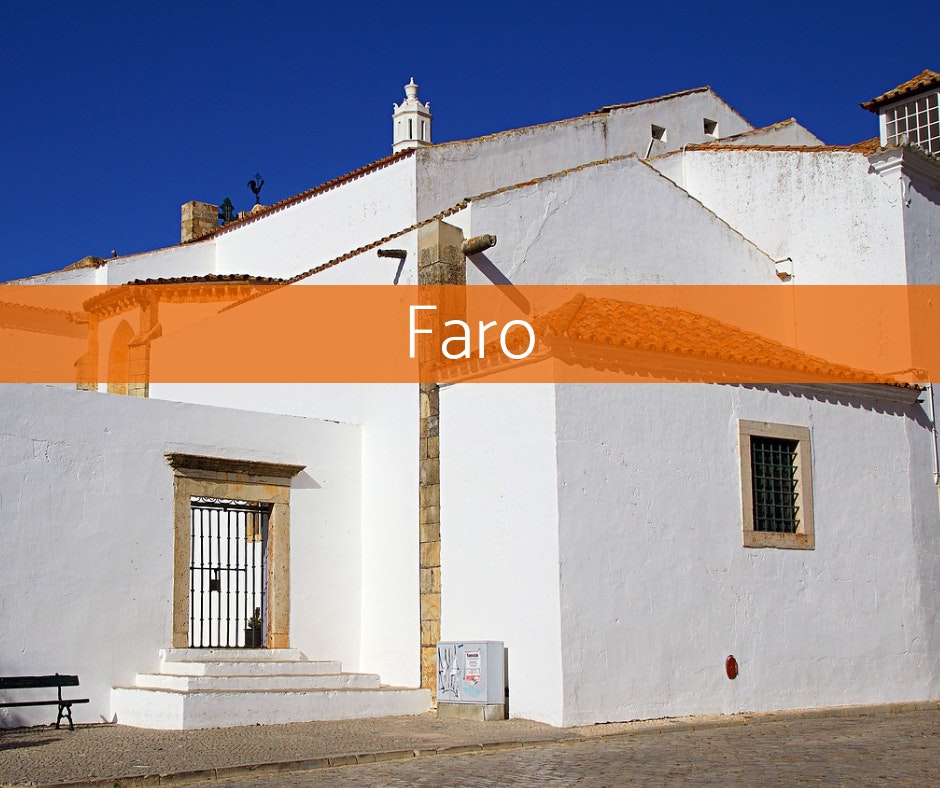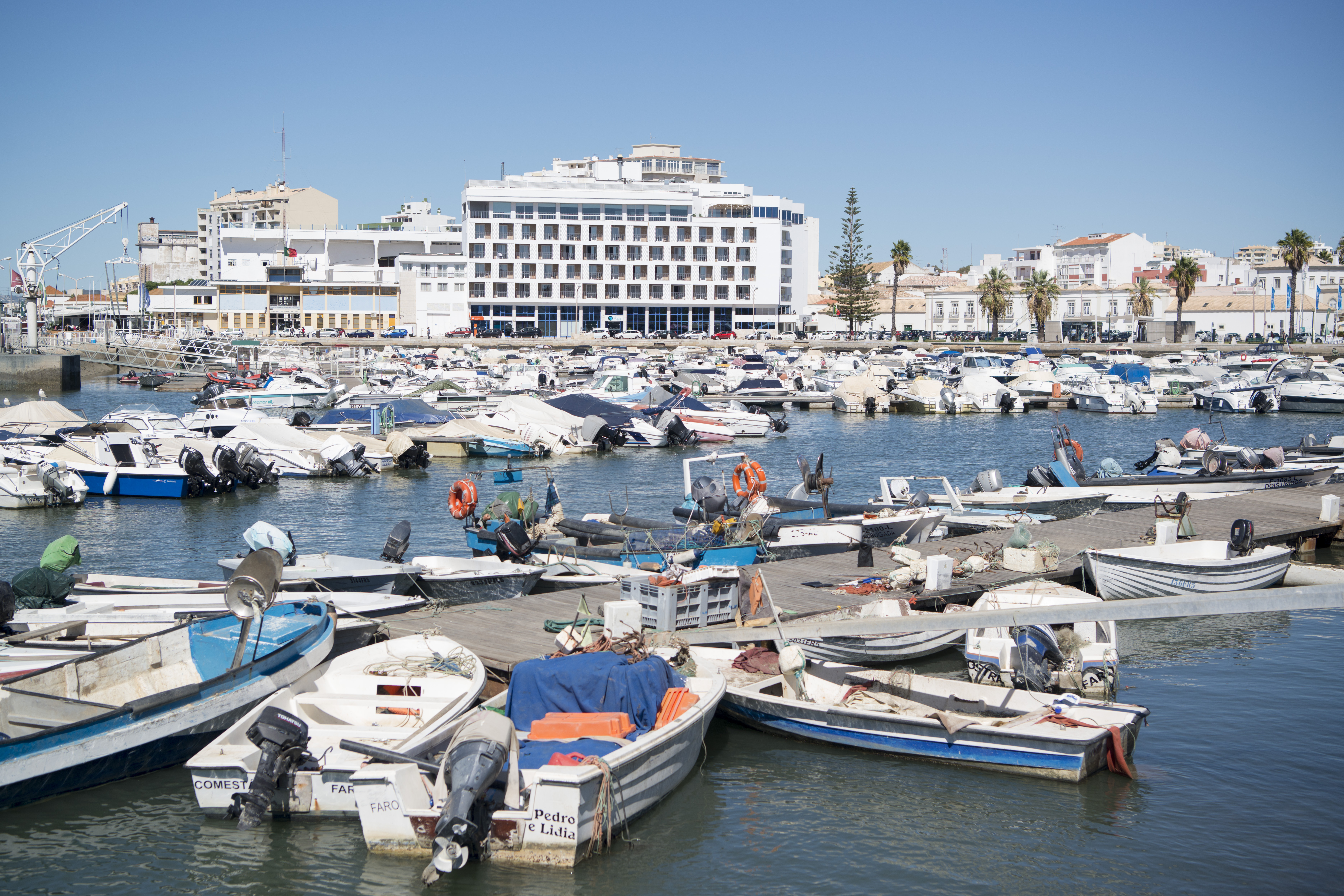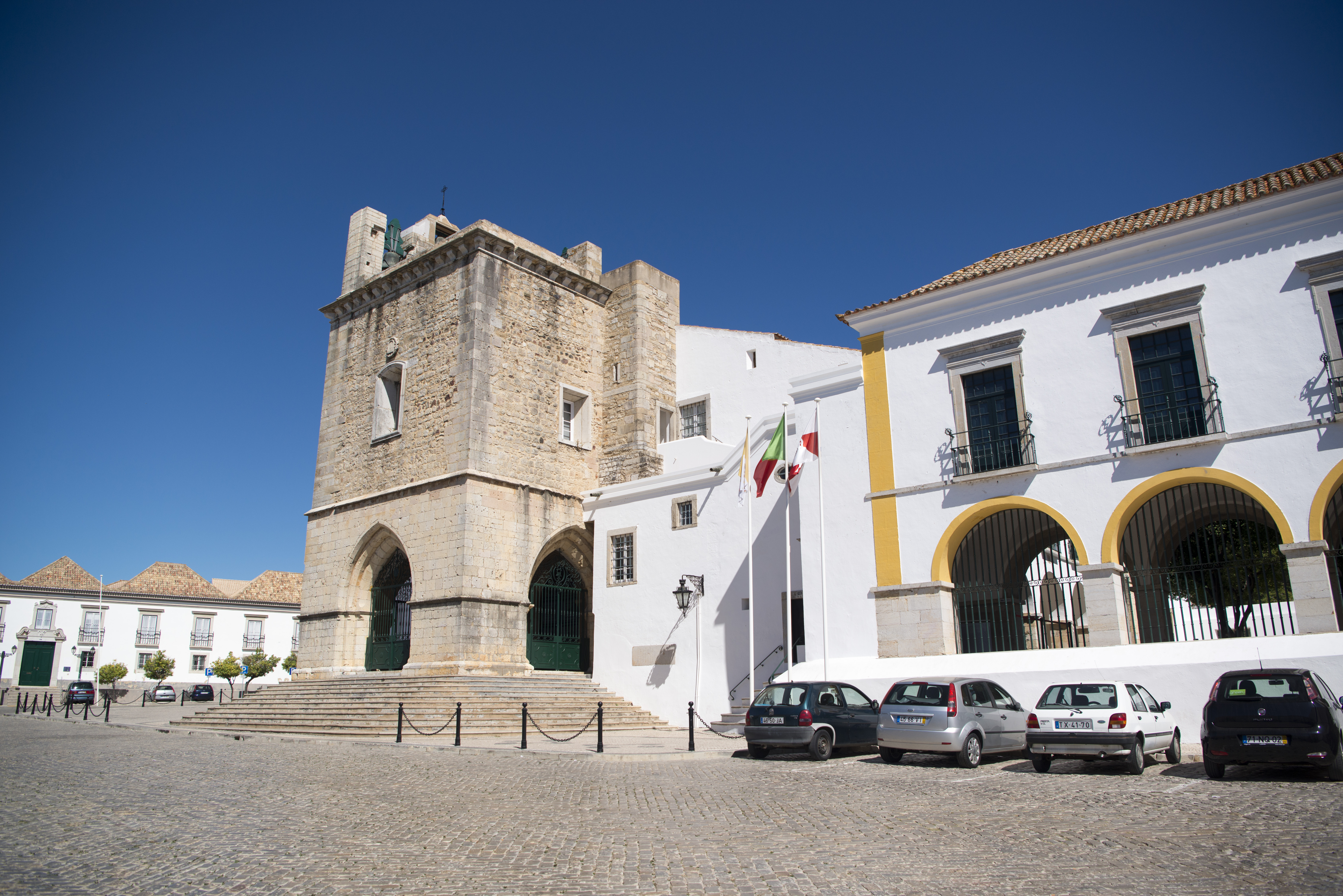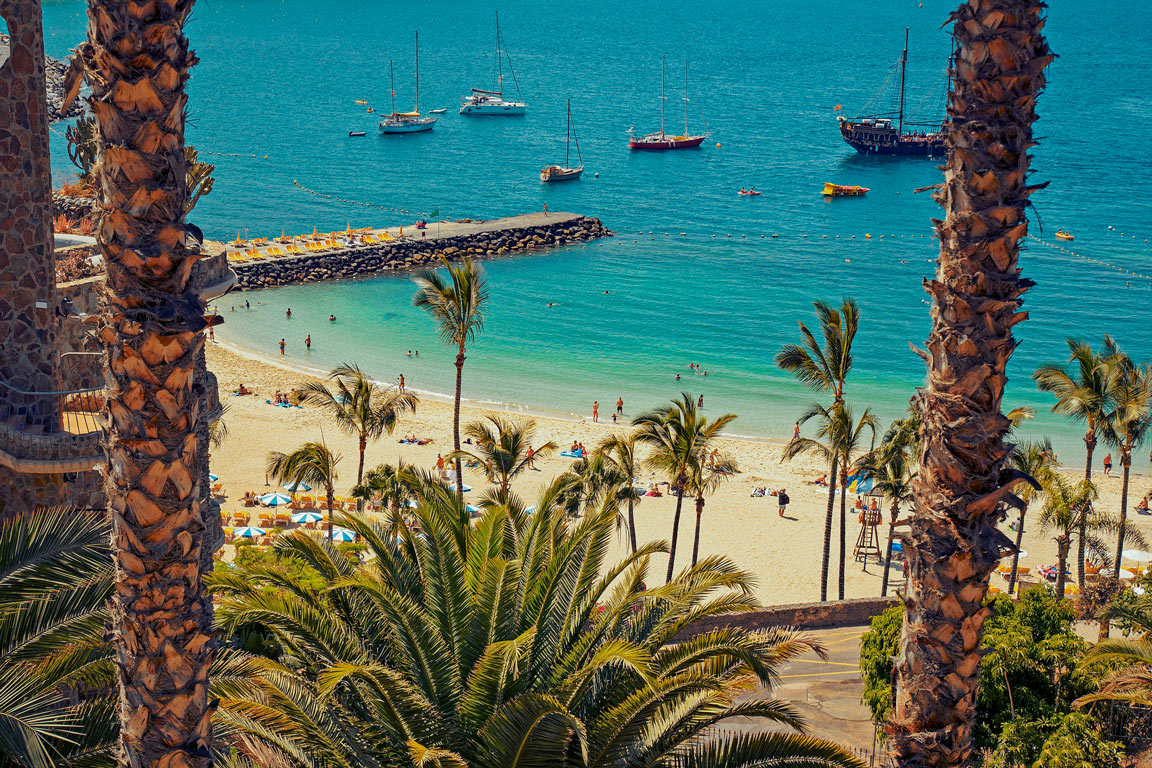3 Must-See Spots in Faro
January, 2018

The capital of Portugal’s stunning Algarve region, Faro is a captivating destination with a tumultuous past. Here are three must-see spots in the city.
While many visitors to the Algarve rush through Faro, spending some time to explore this gem of a city reaps its rewards. An alluring mix of old and new, there’s plenty of things to see and do in Faro - here are a few ideas.
Ciudade de Velha
Faro’s Ciudade de Velha (old town) contains many of Faro’s best attractions and is a great place to start a visit to the city. Faro’s turbulent history (over the years it has passed between Roman, Portuguese and Moorish hands) has left its stamp on the old town’s architecture - a unique blend of Moorish, Byzantine and Portuguese styles.
Walk around the old city walls, entering the old town through the impressive Arco da Vila. Built to protect the city from unwanted invaders, the gate, which was completed in 1812, replaced a much older medieval gate that stood in the same place. You can still spot some well-preserved remnants of the original Moorish gate.

Make your way through the maze of narrow, cobbled streets - stopping off at the other two medieval gates, the Arco do Repouso and the Arco da Porta Nova.
Wind your way to Faro’s cathedral, Cathedral Se, which sits in the heart of the old town in Largo da Se. It’s set across from the equally impressive Paço Episcopal (Bishop’s Palace in English). Unfortunately the latter is not open to the public, but there’s nothing to stop you admiring the facade.
Slightly macabre, but definitely memorable, the Igreja do Carmo sits in the centre of the Largo do Carmo. Impressive as the 18th century church is, it’s best-known for the creepy Chapel of Bones in the rear garden. The “chapel” is made of the skulls and bones of monks buried in a cemetery close by.
Cathedral Sé
Cathedral Sé sits in the city of Faro’s atmospheric old town. With an exterior dating from the mid-13th century, and an interior from the 18th and 19th century, it’s an enchanting (if a little odd) combination of architectural and decorative styles.
Like many old buildings in Faro, the Cathedral has an interesting history: it was built on the site of a mosque after the Portuguese reclaimed rule of the Algarve from the Moors. The mosque itself had been built on the remains of ancient Roman temple, which dated back to over 2000 years ago.
Even after the Cathedral was rebuilt in the 13th century, it was ransacked by the British and badly damaged in the Portuguese earthquake of 1755.

While the Cathedral is striking on the outside, it’s inside that really captures your attention. After the British sacking, it was embellished with intricate azulejos (the traditional patterned tiles for which Portugal is famed). The Cathedral’s interior also holds a small museum with a range of religious artifacts of times past.
You can’t visit Cathedral Se without taking the time to climb the steep staircase to the roof of the Cathedral - do so and you’ll be rewarded with outstanding views out over the city and out to the Ria Formosa Natural Park (see below).
Ria Formosa Natural Park
While the centre of Faro is urban and developed, you only need to go a little way from the Marina to jump on a boat and explore a completely different landscape: the Ria Formosa Natural Park.
The Ria Formosa Natural Park is an extensive area (around 18,000 hectares) of coastal lagoon and wetlands along the coast in and surrounding Faro.
The wetlands are protected by a series of islands and provide sheltered habitation for a variety of flora and fauna - including rare species such as chameleons and seahorses.

The park is one of the best places in Portugal to go birdwatching - as an important stopping point for birds migrating between Europe and Africa, the wintertime often sees more than 20,000 birds taking residence across the parkland.
While you can spend days exploring different parts of the park, if you’re short on time and only have time to see one thing, you shouldn’t miss the Ilha Deserta.
This secluded island is home to one of Faro’s best (and least busy) beaches, and also to one of its best restaurants, Estamine. The environmentally-friendly restaurant is completely self-sufficient and serves up some of the best seafood in the region, freshly caught by the local fishermen each day.
Getting There
Hiring a car at Faro airport is esasy - car hire pick up desks are only a few minutes away from the arrivals terminal. It’s a short drive from the airport to Faro’s centre - park at the Arco da Porto Nova (which is also the jumping off point for boat trips to the Ilha Deserta).
Rent a car in Faro now.
Blog credit: Julianna Barnaby writes the travel blog The Discoveries Of - a hub for those that love travel, culture and adventure.




